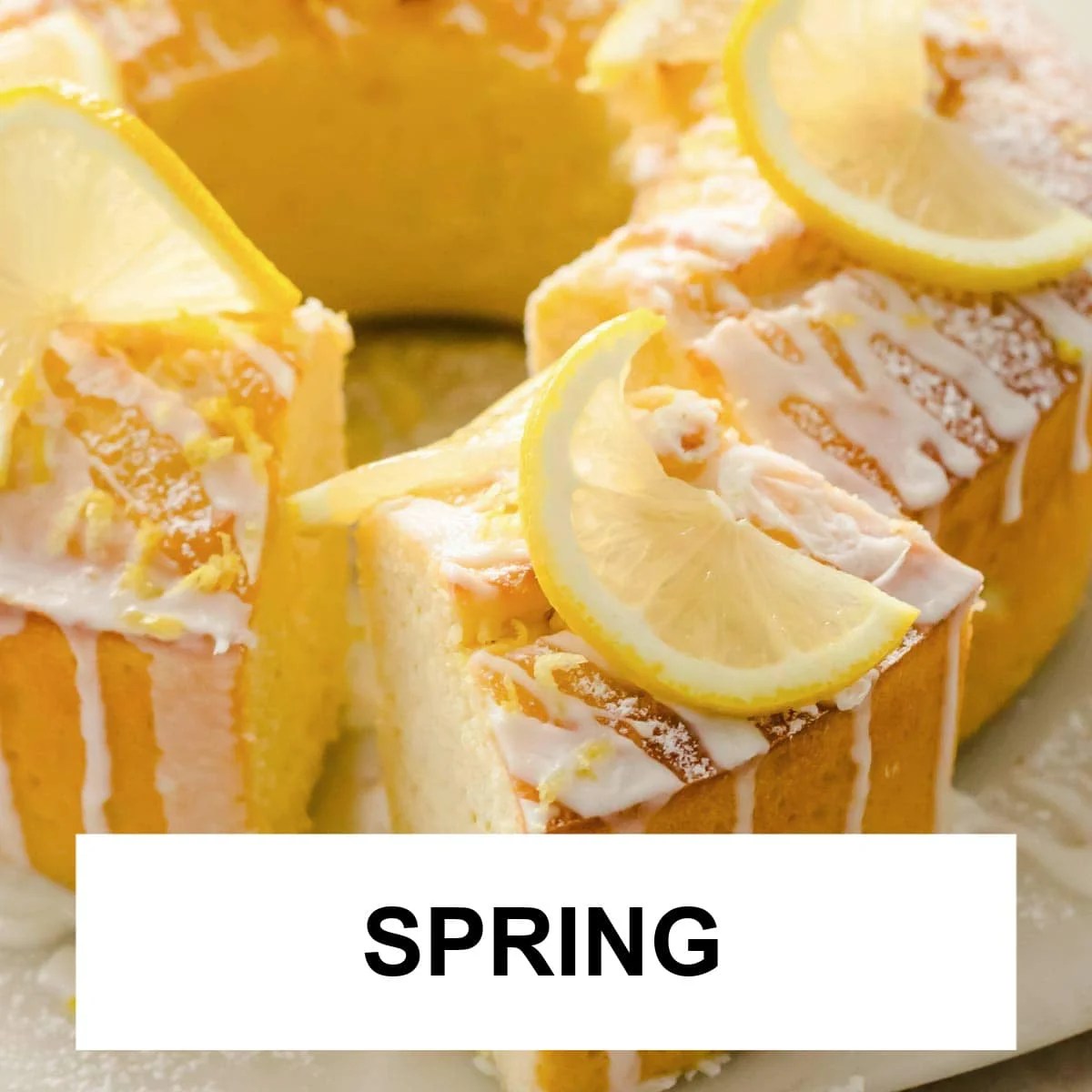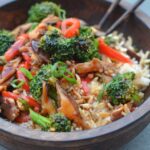Embrace the vibrant flavors of spring with a collection of delightful, low-carb recipes bursting with fresh, seasonal ingredients. Imagine tender asparagus spears mingling with juicy shrimp on a grill, the fragrant aroma of dill weaving its way through a creamy salmon dish, or the sweet tang of a strawberry-infused dessert that satisfies without the guilt. This culinary journey celebrates the bounty of spring produce, transforming simple ingredients into low-carb masterpieces that are both healthy and utterly delicious. Prepare to tantalize your taste buds and revitalize your palate with recipes designed to make the most of spring’s freshest offerings.
From vibrant vegetable showcases and herbaceous infusions to light salads and lean protein choices, this guide provides a comprehensive exploration of spring-inspired low-carb cooking. Each recipe is carefully crafted to balance flavor, texture, and nutritional value, ensuring a satisfying and healthy culinary experience. We’ll delve into the seasonal availability of key ingredients, explore various cooking techniques, and even offer tips for adapting recipes to suit specific dietary needs. Get ready to unlock a world of fresh, exciting, and low-carb culinary possibilities.
Spring-Inspired Protein Choices

Spring offers a bounty of fresh produce, and incorporating lean protein sources into your low-carb meals is key to maintaining a balanced and satisfying diet. This section explores three delicious and healthy protein-focused recipes perfect for the season, highlighting different cooking methods and their impact on flavor, texture, and nutritional value.
Grilled Lemon Herb Chicken with Asparagus
This recipe showcases the vibrant flavors of spring with juicy grilled chicken and tender asparagus. Grilling imparts a smoky char to the chicken, enhancing its natural taste. The lemon herb marinade adds brightness and herbaceous notes, complementing the slightly bitter asparagus.
- Marinate the Chicken: In a bowl, combine 1/4 cup olive oil, 2 tablespoons lemon juice, 1 tablespoon chopped fresh herbs (rosemary, thyme, oregano), salt, and pepper. Add 1.5 lbs boneless, skinless chicken breasts and marinate for at least 30 minutes, or up to 2 hours in the refrigerator.
- Prepare the Asparagus: Snap off the tough ends of 1 lb asparagus spears and toss them with 1 tablespoon olive oil, salt, and pepper.
- Grill the Chicken and Asparagus: Preheat your grill to medium-high heat. Grill the chicken for 5-7 minutes per side, or until cooked through. Grill the asparagus alongside the chicken for 4-5 minutes, or until tender-crisp.
- Serve: Serve the grilled chicken and asparagus immediately. The chicken’s exterior will exhibit beautiful grill marks, a testament to the grilling process, while the asparagus will retain a vibrant green hue and a slightly charred exterior.
Grilling advantages: Produces a delicious smoky flavor and appealing grill marks. Disadvantages: Requires outdoor grilling equipment and can be affected by weather conditions. Nutrient retention is generally good, although some vitamins can be lost through dripping juices.
Baked Cod with Roasted Spring Vegetables
Baking cod provides a gentle cooking method that retains the fish’s delicate texture and moisture. Roasting the accompanying vegetables simultaneously ensures everything is cooked to perfection and ready at the same time. The combination of flaky cod and sweet, roasted vegetables is a light and refreshing spring meal.
- Prepare the Vegetables: Preheat oven to 400°F (200°C). Toss 1 lb mixed spring vegetables (e.g., broccoli florets, sliced bell peppers, zucchini) with 1 tablespoon olive oil, salt, pepper, and herbs (such as dill or parsley).
- Season the Cod: Place 1 lb cod fillets on a baking sheet lined with parchment paper. Drizzle with olive oil, lemon juice, salt, pepper, and garlic powder.
- Bake: Roast the vegetables and cod together for 15-20 minutes, or until the cod is flaky and the vegetables are tender. The cod will appear opaque and easily flake with a fork.
- Serve: Serve immediately. The baked cod will be moist and tender, while the roasted vegetables will offer a delightful contrast in texture and flavor.
Baking advantages: Simple and easy, requires minimal attention. Disadvantages: Can result in slightly less flavorful protein compared to grilling or pan-searing. Nutrient retention is generally high.
Pan-Seared Shrimp Scampi with Zucchini Noodles
Pan-searing shrimp creates a delicious crust while maintaining their juicy interior. This quick and easy recipe uses zucchini noodles as a low-carb alternative to pasta, creating a light and flavorful spring meal. The shrimp will develop a beautiful golden-brown color during the pan-searing process.
- Prepare the Zucchini Noodles: Use a spiralizer or vegetable peeler to create zucchini noodles from 2 medium zucchini.
- Sauté the Shrimp: Heat 1 tablespoon olive oil in a large skillet over medium-high heat. Add 1 lb shrimp and cook for 2-3 minutes per side, or until pink and opaque. The shrimp should exhibit a slightly browned exterior.
- Add the Sauce: Add 2 cloves minced garlic, 1/4 cup dry white wine (optional), 2 tablespoons lemon juice, 2 tablespoons butter, salt, and pepper to the skillet. Cook for 1-2 minutes, or until the sauce thickens slightly.
- Combine and Serve: Add the zucchini noodles to the skillet and toss to coat with the sauce. Cook for 1-2 minutes, or until the zucchini noodles are heated through. Serve immediately. The zucchini noodles will retain a slight firmness, contrasting with the tender shrimp.
Pan-searing advantages: Creates a flavorful crust and quick cooking time. Disadvantages: Requires careful attention to prevent burning. Nutrient retention is generally good, but some vitamins can be lost in the cooking process.
This spring, elevate your culinary game with these refreshing and satisfying low-carb recipes. We’ve journeyed through a spectrum of vibrant spring vegetables, fragrant herbs, light salads, and lean protein sources, culminating in delightful low-carb dessert options. Remember the importance of seasonal ingredients—their peak freshness contributes not only to superior taste but also to enhanced nutritional value. By embracing the abundance of spring’s bounty, you can create meals that are both delicious and healthy, reflecting the season’s vibrant energy and natural beauty. So, step into your kitchen, embrace the season, and embark on a culinary adventure filled with fresh, flavorful, and low-carb delights.
Q&A
Can I substitute ingredients in these recipes?
Yes, many substitutions are possible. However, be mindful of the impact on nutritional values and overall flavor. Consider using similar vegetables or herbs with comparable textures and flavor profiles. For example, zucchini can often replace yellow squash, and parsley can be a substitute for chives in some instances.
How long can I store prepared salads and desserts?
Salads are best consumed fresh. Store any leftovers in an airtight container in the refrigerator for no more than one day. Low-carb desserts can often be stored for 2-3 days in the refrigerator, but their texture and flavor may change over time.
Are these recipes suitable for vegetarians/vegans?
Many of the vegetable-focused recipes can be easily adapted for vegetarian diets. However, some recipes incorporate lean protein sources (chicken, fish, shrimp), so they are not suitable for vegans. Adaptations may be possible by substituting protein sources with tofu or tempeh, but this will impact the overall flavor and texture.


